The Article
R-N602 From Yamaha: On The Receiving End
19th October 2016
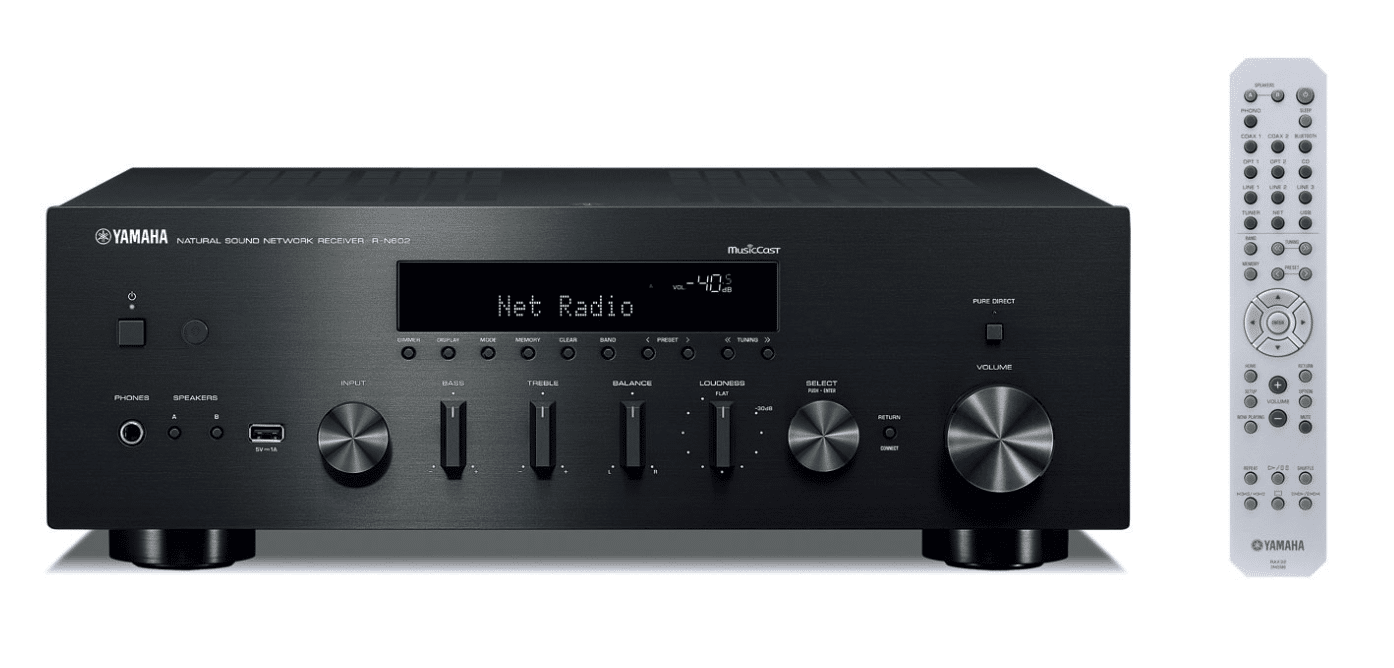
Sporting a retro amplifier design but packing in numerous digital and networking facilities, Paul Rigby reviews Yamaha’s budget receiver, the R-N602
It’s big, it’s meaty, it’s got buttons and switches and knobs and it’s shiny (silver) or its so dark that light falls into it (black, what else?) and you could put caterpillar tracks underneath it and invade a small neighbouring country without a shot being fired because the populous would run away from it, hands in the air, screaming hysterically. This is Yamaha going back to its 70s roots. You don’t look horizontally at the R-N602, you walk up to it, pause, then you lift your head slowly and see if you can make out the summit…somewhere in the clouds.
You also don’t turn on a 115W R-N602 via the on/off button, you send it a letter of introduction and then wait for permission.
While doing so, you can note that the R-N602 is designed to be used as part of Yamaha’s MusicCast network audio system that allows you to use all your MusicCast products together or separately, controlled from one app which, of course, also means popular streaming services (where applicable in supporting countries) such as vTuner internet radio, Pandora, Rhapsody, Spotify, SiriusXM, Napster and Juke. On the networking subject, the ‘Yammie’ also supports AirPlay, DLNA plus Digital Blocking (an iPod’s direct signal is sought feeding the Yamaha’s own DAC). An ECO mode reduces power by 20%, you have access to Bluetooth, Wi-Fi plus a Pure Direct button to bypass the majority of the amp’s electronics to enhance sound quality.
In terms of files support, the Yamaha supports 5.6MHz DSD and AIFF 24bit/192kHz, WAV/FLAC 24bit/192kHz plus the usual suspects via a Burr Brown DAC. There’s also a FM/AM tuner, speaker terminals for two systems and, oh yes, the ability to plug a turntable directly into the box because you get a phono amp, built-in. More about that later. Other sockets around the back, apart from plentiful source RCA-based connectors, include two opticals, two coaxial, a wireless port for a screw-in aerial plus the ability to connect Ethernet and a subwoofer.
IN USE
It’s bulky, retro and clunky. In fact, the hefty and expansive Yamaha glories in its retro clunkiness. It comes at you, arms open with that certain ‘look at me!’ exclamation as it displays hulking great knobs that control those old classic controls: treble, bass, balance and, don’t forget that old favourite, ‘loudness’, sitting next to more modern additions such as the USB source socket. Some might question the inclusion of such controls and I would agree that the treble/bass/balance/loudness quartet are worse than useless. That said, the Pure Direct removes any criticism because it allows the sound signal to skip right past them. Hence, their inclusion could be seen as ‘a bit of fun’. In these design terms and for this price…sure. Why not? The target audience, many of which will be maturing beginners with hi-fi experience that relates to their parents old system, may even see the inclusion of such controls as a comforting familiarity.
SOUND QUALITY
I began by spinning Buffalo Springfield’s For what It’s Worth (1966) on the Leema Elements CD Player. Three things hit me immediately. Firstly, the bass was very strong and punchy. Yamaha likes its lower frequencies and the performance here maintains the house sound which means that this track offered excellent bass force and foundation. The song was driven throughout with a strong rhythmic drive that gave the track an enhanced sense of pace.
There was a lack of engagement, though. By that, I means that the soundstage did sound a little stark. It was almost as if the guys played in a studio that was, by day, an operating theatre. There was a slight lack of soul and musicality in the R-N602s presentation so that the drums never really connected with the guitars or the emotional vocals. Then I noticed that the Pure Direct button had not been engaged. Turning this feature on bypassed much of the amp to provide a more direct sonic pathway. This improved the sound quality immeasurably, giving the vocals a more, well, human quality with delicate textures from the vocal chords more in evident while the guitars offered greater grit and involvement. Despite the good news, though, a certain analytical edge remained but the effect was greatly reduced in Pure Direct mode.
The sense of clarity from the upper midrange and treble enhanced the tonality of the music while there was tremendous instrumental separation around the soundstage so the band sounded relaxed and at ease with their playing. There was never any sense of tension. The air and space exhibited also gave the frequencies time to decay properly which enhanced the performance of these organic instruments, increasing detail.
These days, I only tend to handle MP3 files with rubber gloves and a pair of forceps but playing Kylie Minogue’s All the Lovers from her Abbey Road Sessions album in this execrable sound format sounded half decent via my Apple iPhone 6S over Bluetooth. There was plenty of room to be had while midrange and bass existed in an admirably balanced manner. Strings were thin and nasty, yes while Minogue’s vocals made her sound like she had a pinched face (I imagined her as the green-faced witch in the film, The Wizard of Oz, MP3s made Kylie sound just like that) but, even given the lack of musical data, the Yamaha performed tremendously to give you the best performance it could. As if the amp was exclaiming, “Look, guv, I haven’t got much to work with here…but this is the best I could do.” I’ve heard a lot worse, even via equipment price higher than this receiver.
Using a USB stick, I played the DSD version of the Allegro for Bach’s Concerto for Harpsichord, Flute and Violin via the front loading USB port and was pleased to hear the relatively spacious digital performance of the R-N602 continue here. Strings and the wind section did sound a little thin and slightly forced, though, even at this high resolution. The performance basically allied itself to the earlier CD tests, in this respect. That said, there was much to admire with the informative nature of the track giving this textured and detail arrangement time to manoeuvre while allowing complex instruments such as the harpsichord a chance to express itself.
Up until now, we had a reasonable digital power house that looked great on paper but offered no more than a ‘credible’ performance in reality.
Then something wonderful happened.
I wanted to test the internal phono amp of the Yamaha. At this price, it is more likely that users will be utilising the internal module and not spending out for an external phono amplifier. Pushing an analogue signal through this unit was fascinating because the results were surprisingly good. The slightly sparse nature of the presentation combined with the epic quality of the phono amp and the warmth of the basic vinyl signal to provide a big, bold, open and grand musical return. Trumpets sounded clear and brassy without a hint of stridency or brightness, saxophones were reedy and emotive, vocals offered a precision and enhanced diction and bass was firm, fast and informative. This heady mixture was quite a sonic revelation for the price!
CONCLUSION
The Yamaha R-N602 offers plenty of value for the money and a wide array of features with an appealing retro design. Despite the slightly constricted digital response in CD and general digital file terms, I was blown away by the analogue play and can whole heartily recommend this amplifier if you are looking for an amplifier to act as the heart to your vinyl hi-fi system.
In fact, I would go further than that and advise you not to look at this box as a multimedia receiver at all. Me? I would not buy it for its digital features. I would turn the feature list on its head. I would see this product as the amp section of a new vinyl system with plenty of bonus digital features added on because even if you saw the Yamaha as nothing else but a vinyl-based amplifier, it would still be good value. Anyone looking to set up a budget vinyl system really needs to place this box on their demo list and pronto.
YAMAHA R-N602 RECEIVER
Price: £339
Web: uk.yamaha.com/en
Tel: 01908 366700
For more specifications, click HERE
GOOD: Pure Direct mode engaged, open and natural phono output, feature count, Bluetooth, price
BAD: Pure Direct Mode disengaged, digital playback
RATING: 7
REFERENCE SYSTEM
Rega RP3 turntable
Leema Elements CD Player
Rega Brio-R amplifier
Spender S3/5R2 speakers
Chord Shawline cables

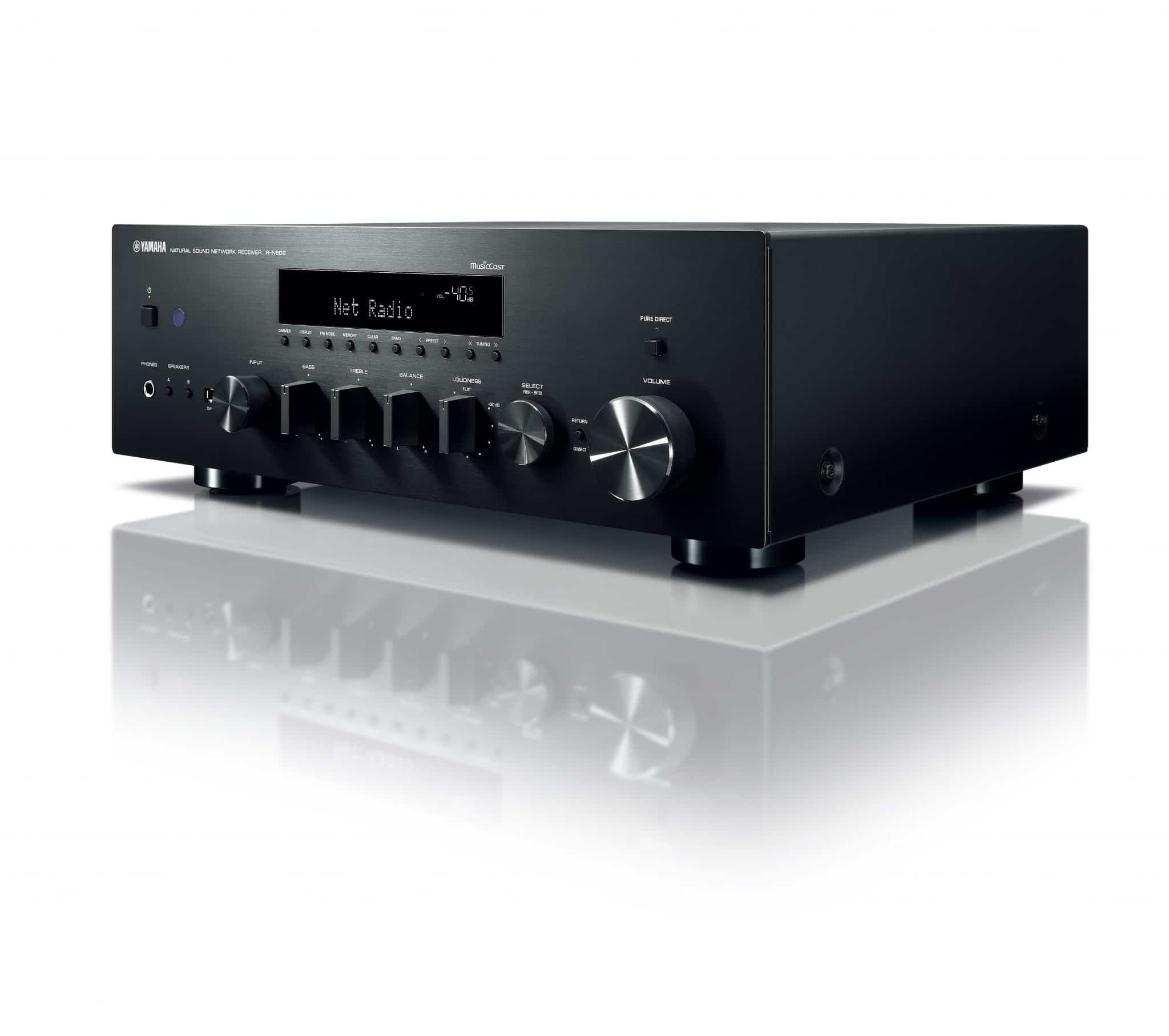
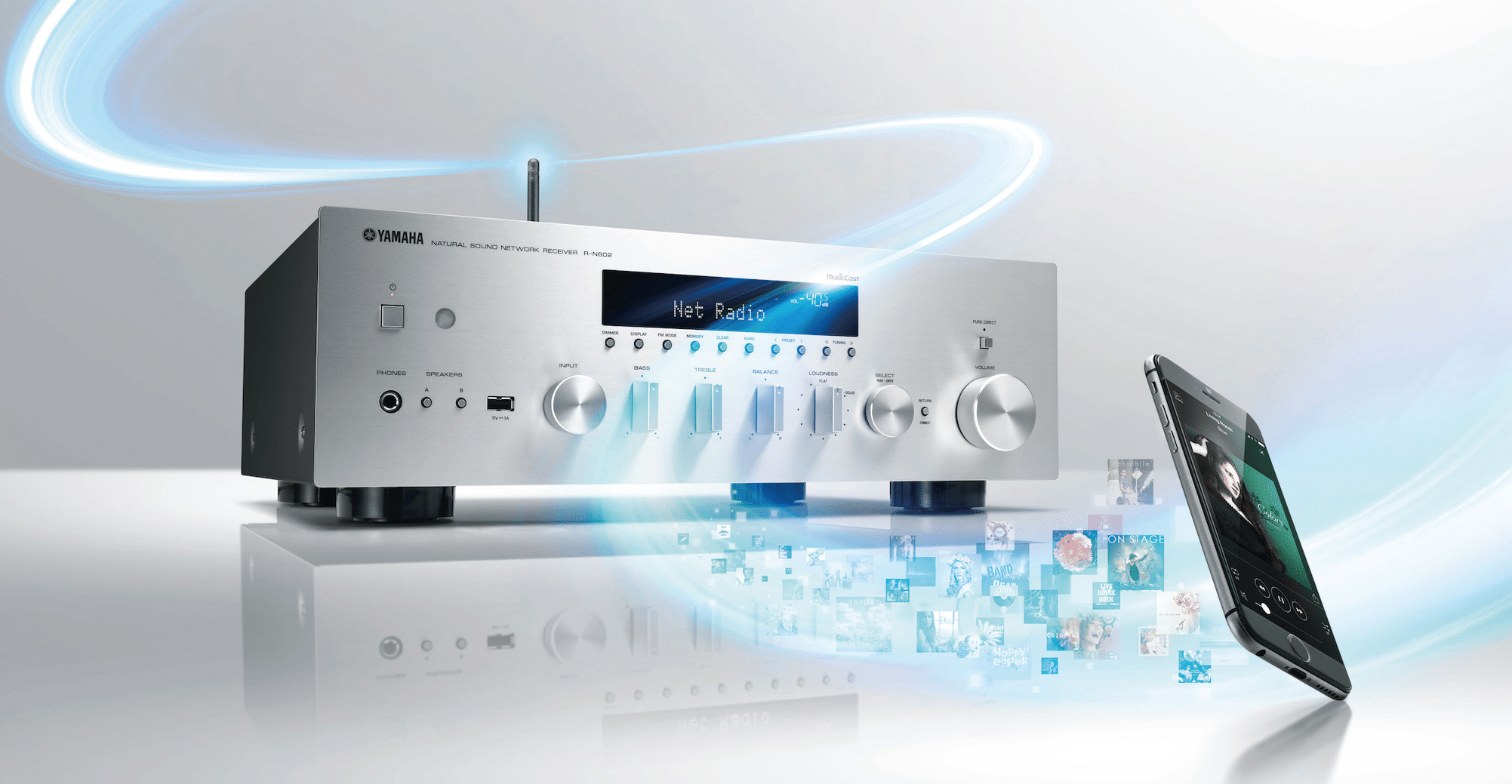
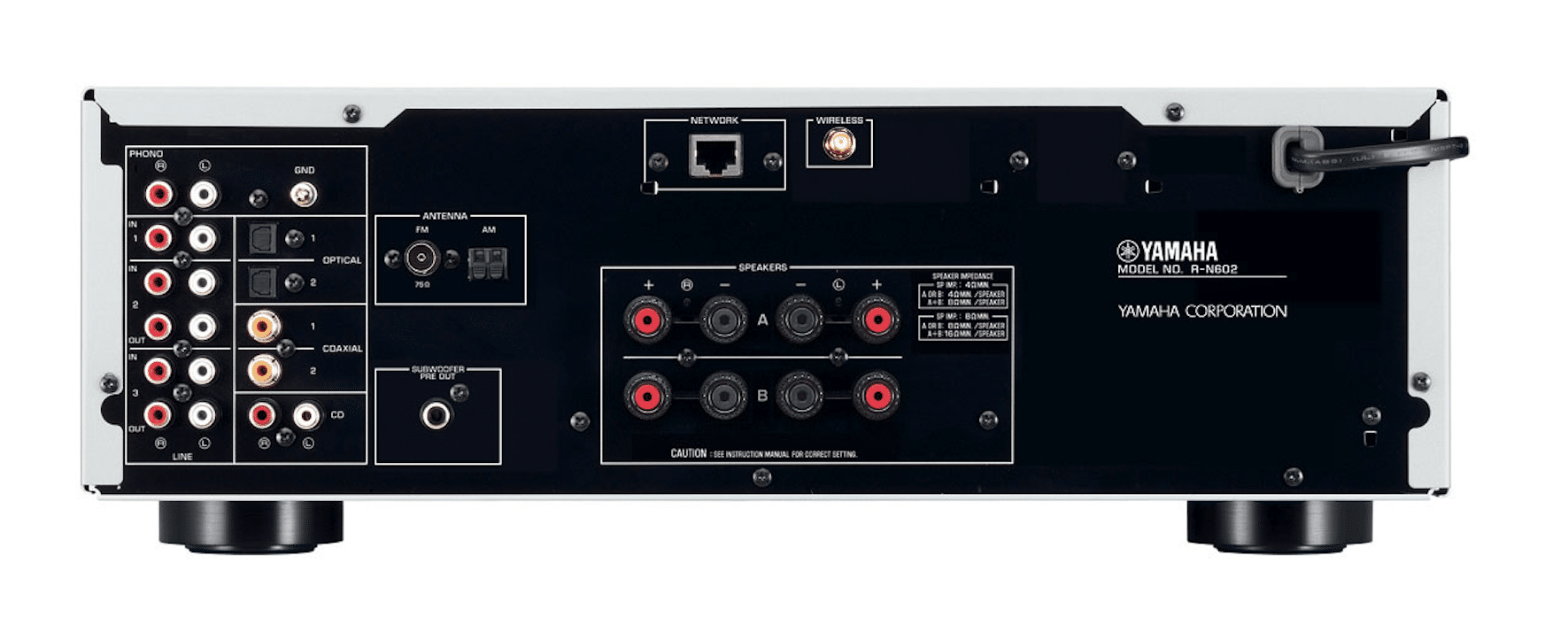
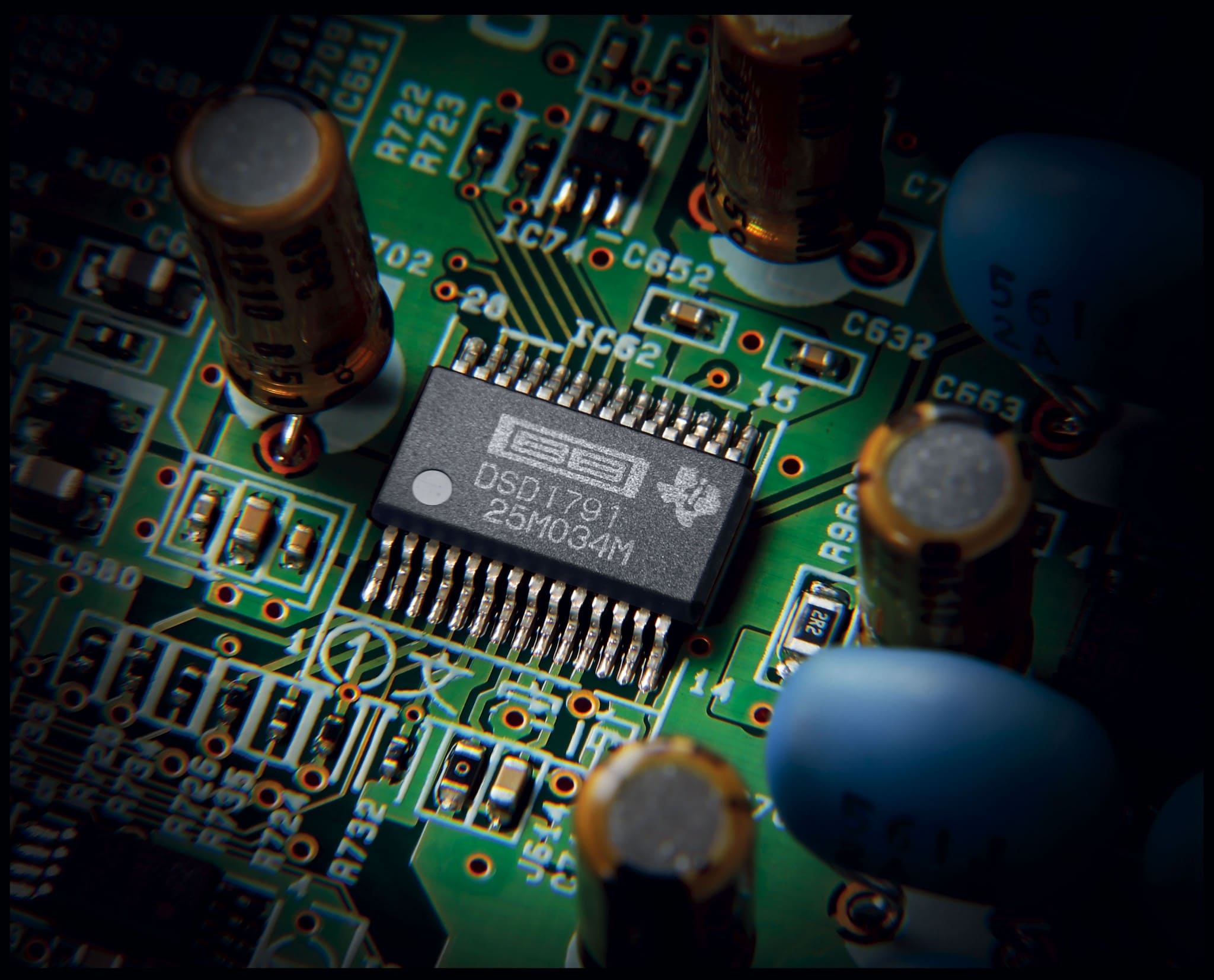
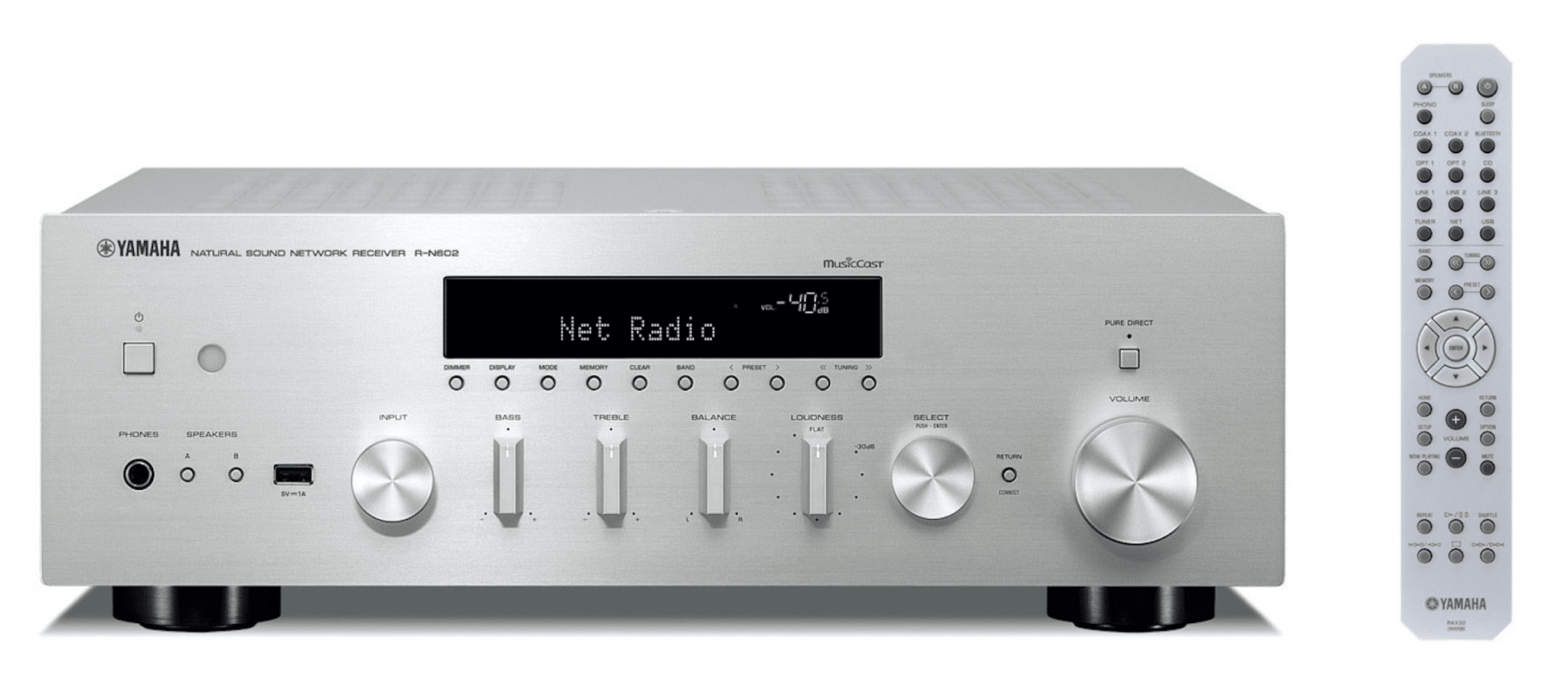


Hi Paul,
Thank you for your review. I have a R-N602 and use it to listen to vinyl only. I have started thinking about getting into audiophile vinyls. This made me think about my current equipment and if I will be getting any improvement in sound if I start buying these audiophile vinyl editions.
My current setup is R-N602, pair of NS-F51s and a Pro-Ject Carbon Debut with Ortofon 2M Red cartridge. I don’t have a set budget in mind at the moment. I would just like some advice on what should I change first. Do I need to look at new speakers to improve my sound, a dedicated phono preamp, new cartridge, etc. Would appreciate your input if possible.
Cheers
Hi Mirza – I would start from the source first and work your way down. The turntable and cart look fine. I would grab an external phono amplifier first. Make sure your basic cabling is good too. This is your foundation. A lot of good work can be lost if the cabling is poor. Similarly with shelving. After the phono amp, look at the amp and then the speakers.
Hi Paul,
Thank you so much for you reply. I was wondering if you could let me know if Pro-Ject Phono Box S2 would be a good starting point and if this phono is better than the internal R-N602 one?
Thanks
Hi Mirza – yes and yes.
Paul thank you again for your prompt reply. I am buying the phono now but as you mentioned amplifier as well, which one would be a natural step up from R-N602?
Hi Mirza – do you have a budget?
Hi Paul,,
For some reason I can’t reply to your last comment. Anyway, the planned budget for the amplifier is up to 1,000 AUD which is around 500-600 GBP I believe.
That’s probably because comments await my approval, Mirza – look at the Audiolab 6000A for all round quality and value. Other alternatives include the Rega Brio: https://theaudiophileman.com/6000a-integrated-amplifier-review-audiolab/
Dear Paul thank you again for your prompt replies and your advice. The Audiolab 6000A looks very good as well as the alternative Rega, however here in Australia they both seems to be a bit overpriced in the amounts of AUD 1,300 which is slightly outside of my set budget. Is there any other unit you can suggest that would give me better performance than the current R-N602 that is slightly cheaper than these two you already suggested?
I again thank you for your time and your suggestions. I have already ordered a phono pre-amp as per your suggestions so I’m planning to upgrade the rest of my setup where the amp is next on the list 🙂
Cheers
Hi Mirza have a look at the IOTAVX SA3 and Cambridge AXA35.
Dear Paul
I wonder if I could please pick your audio brain – I seem to be running round in circles (apologies for the long preambl). We are moving house and I previously ran a Marantz PM6006 and CD6006 to four Monitor Audio Bronze BX-2 speakers placed in room corners on brackets. This worked fine (or so I thought). I mainly play music through Macbook (iTunes or Traktor) to twin RCA via headphone jack, or even run Denon DJ MC4000 decks into same RCA (Aux). We only use these speakers/music for salsa dancing to, hence why we wall-mounted the speakers in the corners of the room (out of the way, and providing even sound moving throughout the room).
I had to leave that wired-in system behind, so now want to start again, but the advice is conflicting. My budget is around GBP1000 for amp and four circa 30cm speakers – I ideally want four not two for the reasons above, only for music – not TV or streaming. I am finding that the general advice is not to run four speakers off an amp (as I have done for 8 years) and that the only one in my budget which may do it is the N-R602, with its A-B switch, and 8 ohms speakers such as Monitor bronze 50s. I can do this in budget – just – but am so confused as to the advice I have read. Am I crazy to want to run four small speakers in this way? Is this Yamaha/Monitor setup OK? People have also tried to sell me Marantz 6007 and NR1200 plus Q Acoustics 3020i speakers to do this.
Very grateful indeed for any clarification or advice! Thank you, Mark
You’re not crazy, Mark. If you want to dance the night away with a sprinkling of hip-swaying Salsa, then you have every right…Not every amplifier supports four speakers, so choice is slightly restricted but there are models out there.
Oddly enough I’m currently reviewing the Bronze 50s and can confirm how good they are. Four will cost you ¬£500 and wall mounting is not a problem with the 50s. I assume you already have cables so that leaves you ¬£500 for your amp.
I’ll throw a few ides at you, some slightly over your budget in case you find anything down the back of the sofa. One of the best sounding amps in its price range is the Cambridge CXA61 – here’s a review but it’s ¬£750: https://theaudiophileman.com/cxa61-integrated-amplifier-review-cambridge/
The NAD 368 is also recommended but is also around the same price: https://theaudiophileman.com/nads-c368/
The Yamaha you have here is also good but not as sonically capable but still good for the price.
There’s other similar options if you do the research but I hope that lot helps for now.
Thanks so much for your sage advice, Paul, that’s extremely helpful. Stretching another ¬£250 is just that bit over my ideal budget (not beyond means but beyond comfort). So much to buy with new house and this is at the luxury end of necessity!
If the Yamaha would actually be sufficient (I can get a package including stands and cable for 969 delivered) – bearing in mind we don’t run the speakers hard or that often – then a decent solution within budget rather than a great solution over budget would be my preference.
I think I would only really want to stretch IF the Yamaha solution is unsuitable/incapable, and spending the extra on the amp is the only sensible four-speaker option. Thanks again – will probably go N-R602 unless you feel I am making a mistake.
Thank you so much Paul! I have actually been looking in the meantime at the next Yamaha up, the 803, which I am told has double the power – I can get complete package including brackets and cable for 1099 delivered. Can’t get in in silver alas, but hopefully 320w total will drive the four comfortably. I really appreciate your advice.
Yes, comments remain as per my earlier advice but if you wish to go for the 803 then it should serve you well.
Hello, Paul.
I need a bit of advice here. You helped me in the past and I was very pleased with what you suggest.
Until 2 days ago I used to listen to music trough my AV receiver (Denon x1400h). Beside my Planar 1 (with fono mini phono stage) I have a subscription to Tidal which I use to play trough my receiver from Android smartphone. So, 2 days ago my right front channel stop working and I decided to replace the receiver with a stereo receiver like Yamaha R-N602 (similar is Marantz NR1200) or another setup that let me use my Android phone.
I have Q Acoustics 3020 speakers, with stands. Also I have a sub. Do you think I could find a better solution with separates in a tide budget, aprox. 700 pounds/euro?
Thank you.
Hi Calin – the issue with turning to separates as an alternative here is your wish to pursue Internet streaming. Because of that, a [relatively] low cost AV amp is ideal because most (all?) AVs include Internet facilities. Low-cost stereo amps do not. If sound is an absolute priority then I’ve recommend a budget 2-channel system based on separates at al. If Internet streaming is important, the AV is ideal. An alternative AV, in case you ever need one, is Onkyo. Their amplifier modules have always been very nice.
I bought one of these today. I’m having a problem connecting it to the MusicCast app. I get as far as selecting my network then a QR code pop-up wants me to confirm network choice by scanning it. Trouble is, to do that would mean minimalising the app to open the QR code app, so I’m unable to scan the code to connect to my network. I can split screen the apps, but no good as both have to be on same screen. How can I solve this. Thanks for any help.
I’ll ask Yamaha for you, Les.
Well, that was quick. Here’s Yamaha’s reply: “A QR code is not something the MusicCast app has ever asked me in all my years of using MusicCast, so I‚Äôd be interested to understand what is asking for this. A few questions: Is setup being attempted with iOS or Android? Can a screen shot be taken to help identify what the issue is? Yamaha support can also be obtained from our website, please visit : https://uk.yamaha.com/en/support/contacts/index.html“
My primary (and most favorite) speakers are a 6 year old pair of Peachtree Design 5s rated at 6 Ohms. I recently acquired the Yamaha R-N602. While I have it set at the 4-8 Ohm setting per the instruction manual, in reality does it really make a difference which setting I use? I rarely, if ever, use high volume settings. Confess I am a novice audiophile. Thank you.
I’d go with 8 Ohms to allow as much power as possible to get to your speakers, Charles.
Hi There, I have just bought the Yamaha RN602 and have got it configured. Just wondering whether you can control the volumes separately on the A&B switch settings. I am using it to run a set of indoor speakers on A and outdoor speakers on B. My old Onkyo amp has the facility to control the volumes separately but this does not appear to have that control. Any ideas please? Thanks
Hi,
I’m looking to buy the R-N602s this week but was was hoping you would be able to help clarify whether this amplifier is suitable for the speakers I have.
I’m using Wharfedale E30s, and the spec regarding those can be found below:
— Typical Frequency Response: 63hz to 18hz (3db)
— Normal Impedance: 8 Ohms
— Power Handling (to DIN 45573): 50 watts
— Suitable for amplifiers from 15 to 75 watts (R.M.S. per channel)
I can see that the impedance is ok when checking the spec against the R-N602, but wasn’t sure if the amp will be too powerful as the E30s suggest “suitable amplifiers from 15 to 75 watts (R.M.S. per channel)”.
What do you think? Any guidance would be really appreciated.
I don’t it will be too powerful, Josh. Having power ‘in hand’ often leads to a more confident, comfortable play back actually.
This has thrown me ‚Äthe spec for the R-N602 shown below had me thinking it would be way too powerful as the minimum output power us 85w, though my E30s are max power of 75w? Is there something I’m misunderstanding?
R-N602 Spec:
Minimum RMS Output Power: 80W 80W (8 ohms, 40 Hz-20 kHz, 0.04% THD)
Maximum Power: (4 ohms, 1kHz, 0.7% THD, for Europe) 105 W 105 W
Maximum Power: (8 ohms, 1 kHz, 10% THD) 115 W 115 W
Hi Josh – if you are uncertain, why not talk to your dealer (or a responsible dealer you might find online) and request a home demo? Then you will hear the results for yourself which will give you confidence to buy. I recommend home demos anyway. They are more common now that High St. dealers are dwindling and any sensible dealer who wants to start a relationship with you will arrange that very thing.
Is there any way I can benefit from a YPAO mic with this 602? Does it support mic?
How about sub pre out? I wonder if should the amplifier have two wires connection instead of one